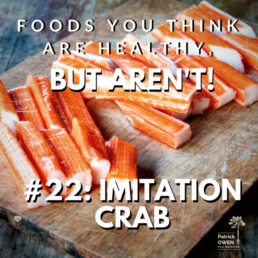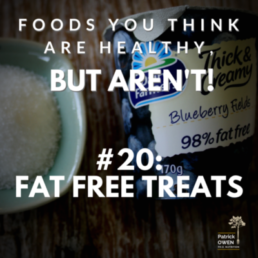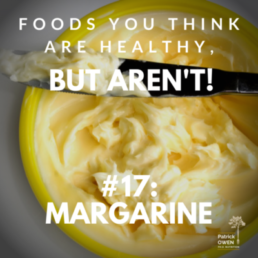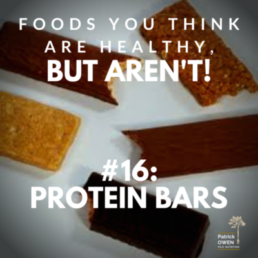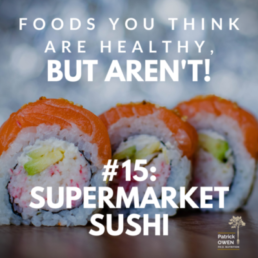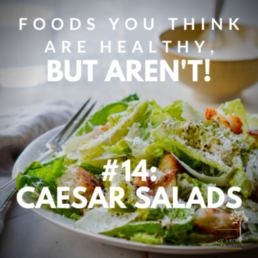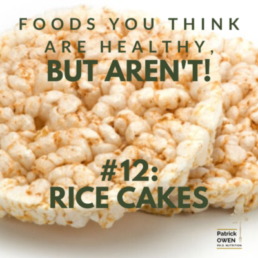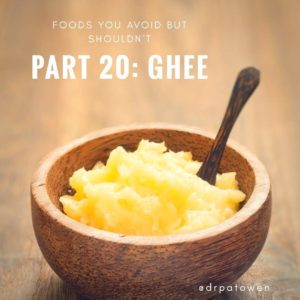 Why we avoid it:
Why we avoid it:
Ghee is 100% saturated fat, the stuff that cardiologists tell us (or used to tell us if they’re up-to-date on their scientific literature) to avoid if we want to reduce the risk of heart disease. Ghee is clarified butter that is popular in Indian cuisine, made by separating milk solids and water from the butterfat. It is pure, disgusting, wonderful, unadulterated fat.
Why we should eat it:
Unsaturated fats like olive oil or canola oil are very susceptible to oxidation when heated and shouldn’t be used to cook food. Ghee has a very high smoking point, is very stable at high temperatures, and is made up of short fatty acid chains that are readily metabolised by the body. Contrary to what we were told, a 2010 meta-analysis published in the American Journal of Clinical Nutrition reported that the evidence linking saturated fats to a higher risk of heart attacks is not convincing.
Ghee was the quintessential food of ancient Hindus, appearing on pottery from as early as the 6th century and is a popular ingredient in Ayurvedic medicines. And as far as we know, heart disease was never a problem in India until Indians started eating like Westerners. Ghee is full of the fat-soluble vitamins A, D, E and K, and these require dietary fat to be properly absorbed into our system. Ghee therefore ensures optimal use of these essential nutrients. It also contains conjugated linoleic acid (CLA), an antioxidant fatty acid that might reduce the risk of some cancers and aid in weight loss. According to Ayurveda, ghee promotes learning and memory retention. All the better to remember to try this Indian delight.
